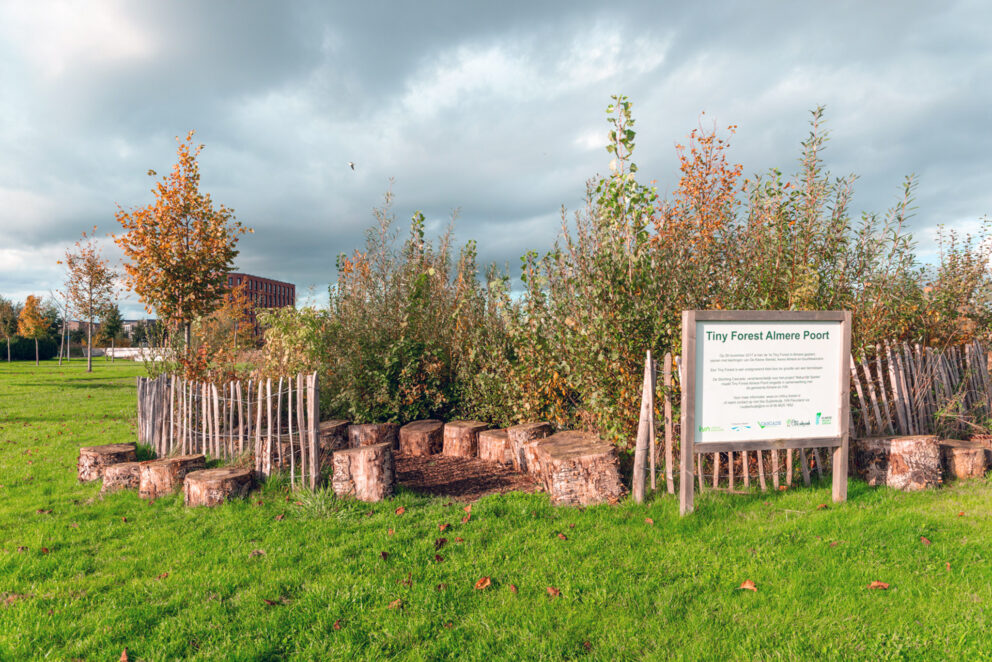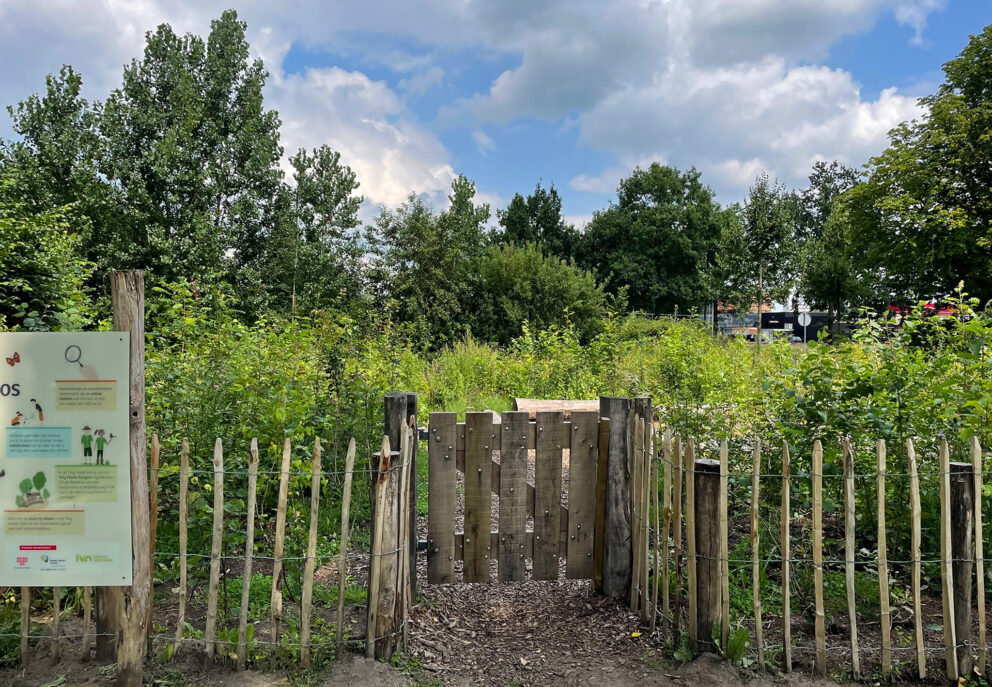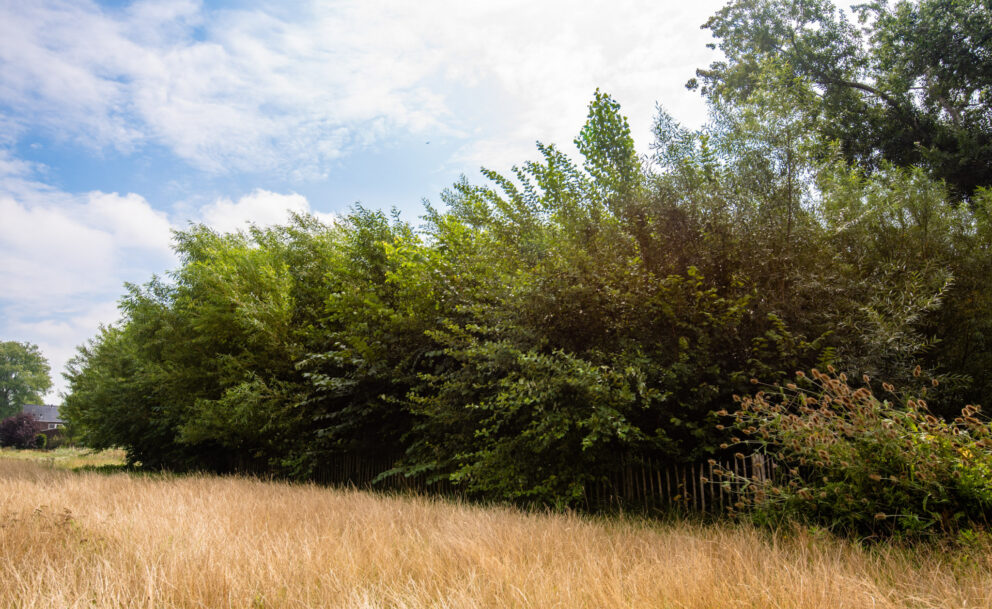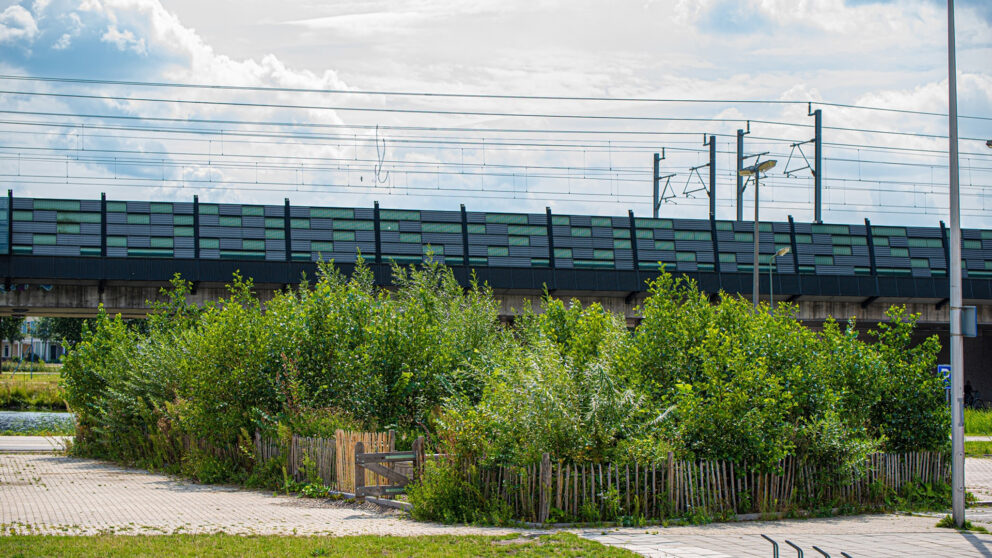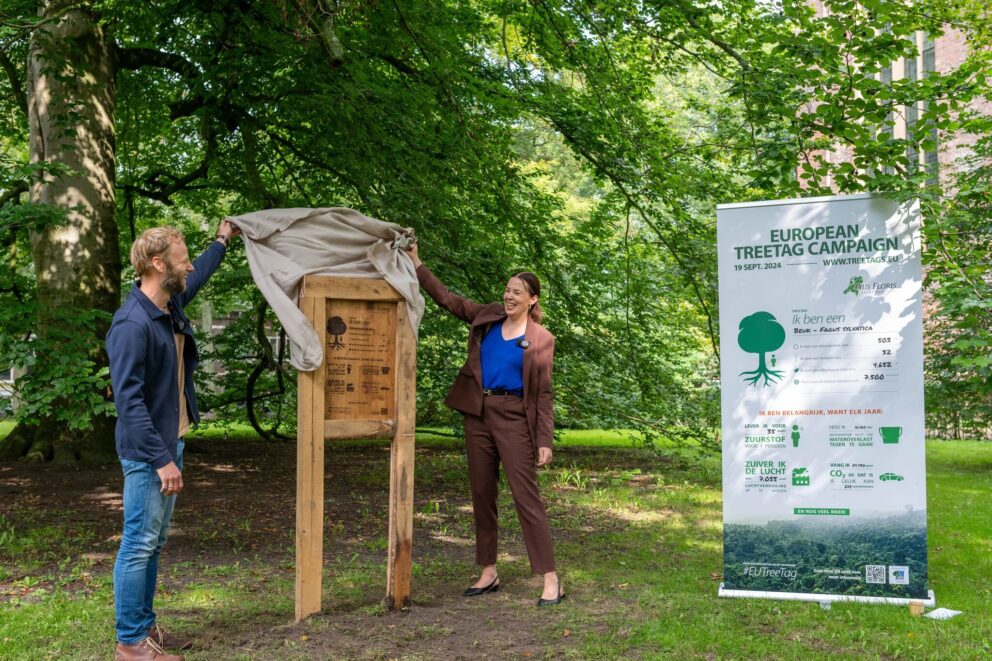The micro forests in villages and cities, planted by Dutch foundation IVN Nature Education, are fostering biodiversity. According to research by Wageningen University & Research, these tiny forests are home to 934 species of animals and plants.
A study was conducted in 11 of the 125 tiny forests currently present in the Netherlands. In 2015, IVN Nature Education started with the first tiny forest in Zaandam, North Holland. A tiny forest is a dense, indigenous forest the size of a tennis court. In this forest no less than 600 indigenous trees and at least 25 different types of trees are planted. Over time, nature develops itself. The forest serves as a meeting place for local residents and is often used by schools to involve young people in nature.
Additional Advantages of Tiny Forests
The 11 tiny forests collected 6 million liters of rainwater together. The bushes also work against heat stress in the city. When it was extremely hot last summer, there was a big difference between the temperature of the forest soil under the trees (15 degrees) and that of the street next to it (40 degrees).
CO2 storage
As the forests grow, the coolness in the forests will increase. CO2 storage will then also increase. On average, this now amounts to 127 kilos of CO2 (carbon dioxide) per tiny forest, but a fully grown tiny forest can store 250 kilos of CO2, according to the researchers.
More information about the research (in Dutch): https://www.ivn.nl/tiny-forest/onderzoek/tussentijdse-resultaten-2017-2020
